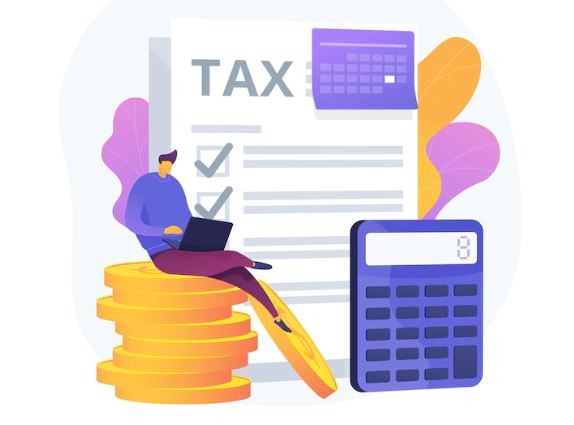Form 16 acts as a comprehensive summary of your income and tax payments, making the ITR filing process much easier. It ensures you have accurate figures to enter into your income tax return form.
Here’s a simplified overview of how to use Form 16 for your ITR filing:
- Obtain Your Form 16: Your employer will provide this. Remember that the deadline for employers to issue Form 16 is June 15th.
- Verify with Form 26AS: Before you begin your ITR filing, it’s a good practice to cross-check the TDS details from your Form 16 with your Form 26AS. Form 26AS is a consolidated annual tax statement available on the income tax e-filing portal, showing all tax deducted against your PAN. This ensures accuracy for your Form 16 ITR filing.
- Choose the Correct ITR Form: For most salaried individuals, ITR-1 (Sahaj) is the appropriate form if your total income is up to Rs. 50 lakh and your income sources are limited to salary, one house property, and other sources like interest. For more complex income scenarios, you might need a different ITR form.
- Access the E-Filing Portal: Go to the official Income Tax Department website.
- Input Details from Form 16: Use the information from Part B of your Form 16 to accurately declare your gross salary, exempt allowances, and various deductions (like those under Section 80C, 80D, etc.). Then, use Part A of your Form 16 to enter the details of the tax deducted by your employer.
- Review and Submit: Once all details are entered, the system will calculate your tax liability or refund. Carefully review all the information before submitting your ITR.
- E-Verify Your Return: This is the final and crucial step to complete your ITR filing. You can do this through various methods, such as Aadhaar OTP or net banking.
While not required to be attached, keep your Form 16 and other relevant documents (like investment proofs, rent receipts, etc.) handy for your records, especially when completing your Form 16 ITR filing.
By leveraging Form 16, ITR filing for salaried individuals becomes a clear and manageable task, ensuring compliance with tax regulations.











